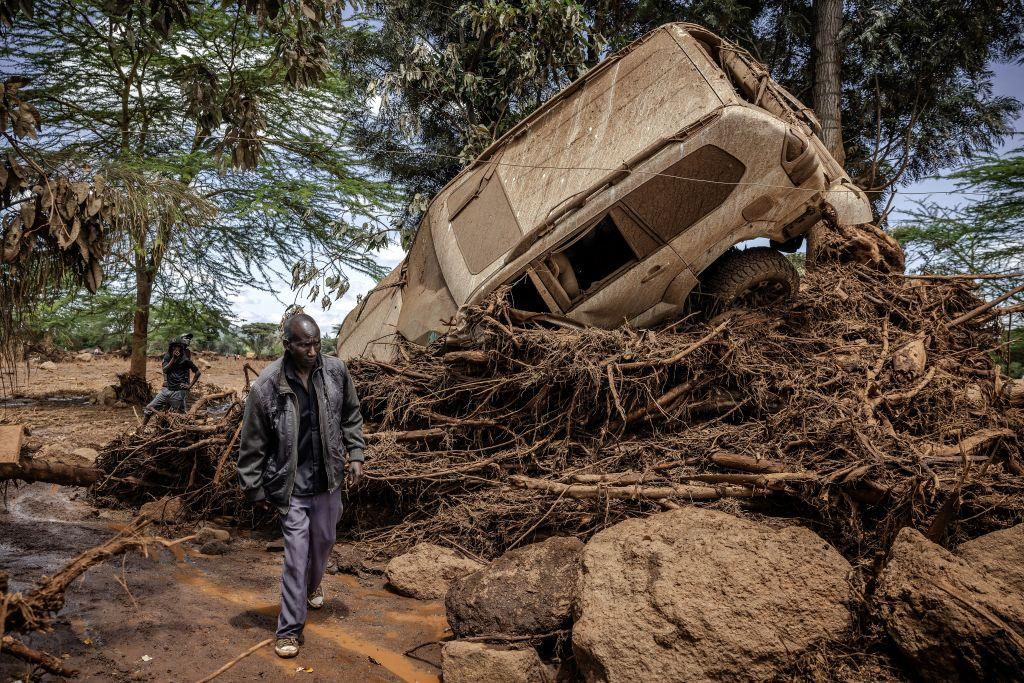KAJIADO, Kenya—On a sunny and dusty morning in Rongai, about 12 miles south of Kenya’s capital Nairobi, David Kinyanjui is busy fetching water at one of the small town’s water points. He uses a donkey to pull the cart full of 20-liter jerry cans of water for sale.
The 46-year-old father of three has been in this trade for the past 15 years, using his donkey to transport water and building materials, such as cement and bricks, and also helping residents move to different houses in the area.





